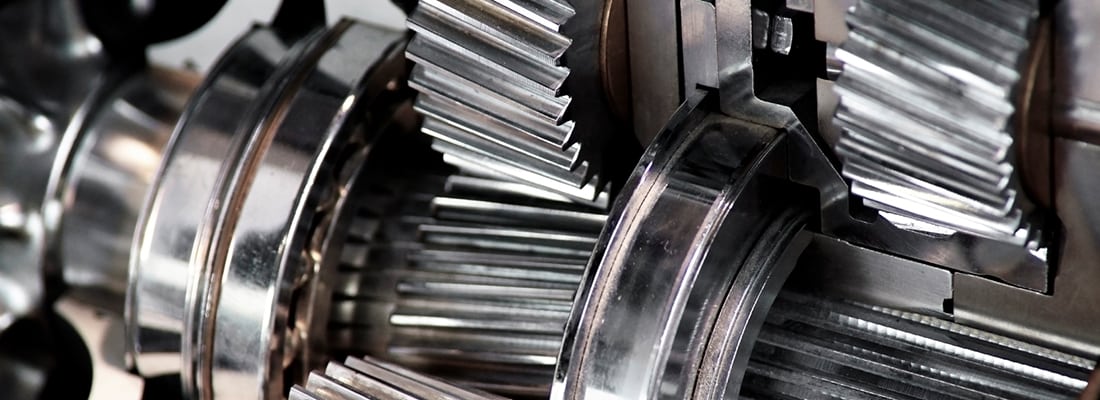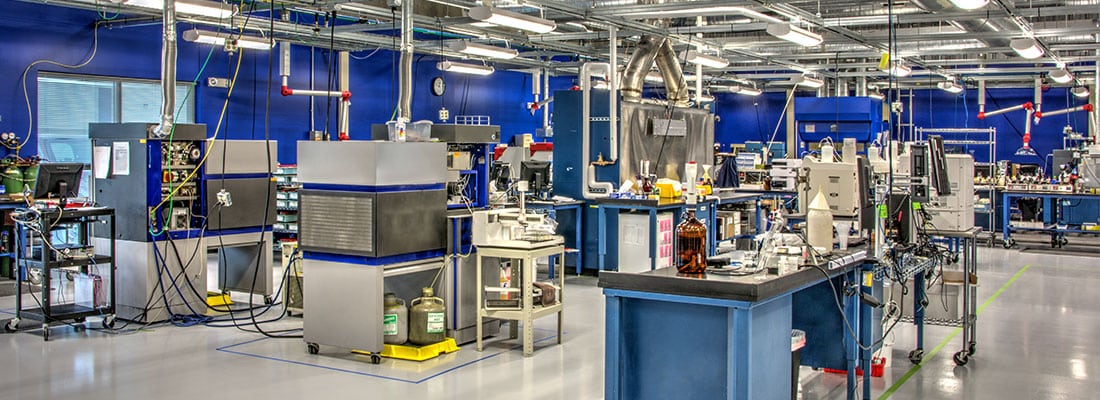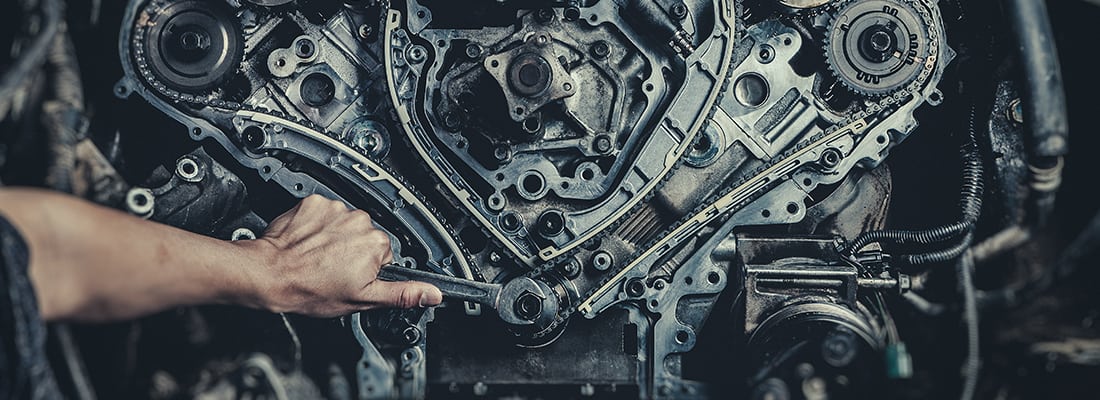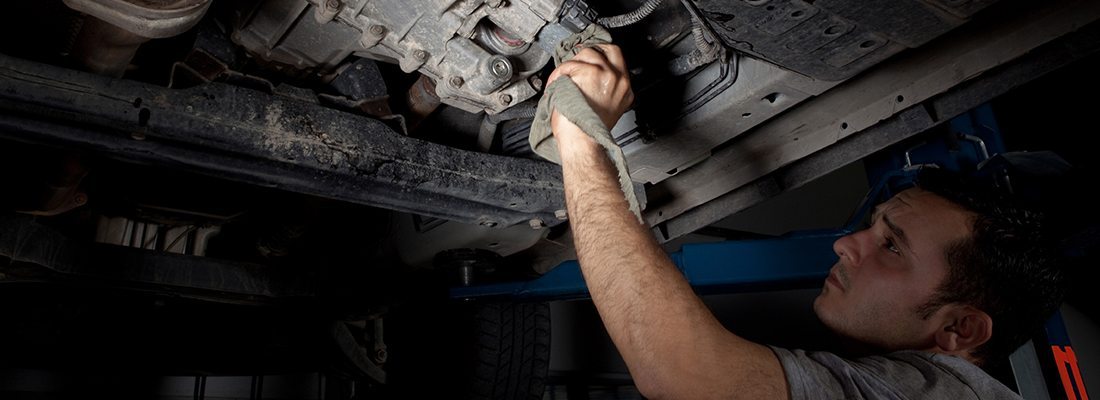What You Need to Know about ASTM D975

What diesel fuel testing do you really need?
What is ASTM D975?
We’ve recently gotten a flood of inquiries regarding testing diesel fuel for ASTM D975, but there seems to be confusion on what ASTM D975 is and how it relates to monitoring the quality of diesel fuel. ASTM D975 is the Standard Specification for Diesel Fuel Oils. It is not one test, but rather, it is the specification that describes 13 tests and their acceptable limits, which a diesel fuel must meet at the time of delivery.
Does your fuel meet the requirements?
As a diesel fuel purchaser, you can send a sample to your laboratory to confirm the fuel meets all of the ASTM D975 requirements, but that is unnecessary. Instead, ask your fuel supplier for a Certificate of Analysis (COA) and save yourself thousands of dollars. Just be aware, ASTM D975 does reference a handful of tests that are applicable to monitor in fuels post-delivery, because several fuel properties change over time.
Could storage tanks be impacting your fuel?
If your operation uses bulk fuel storage tanks or you have fuel being stored long-term in standby generators, then we do recommend testing your fuel at least annually – but not for the full suite of ASTM D975 tests. We’ve identified two concerns for long-term diesel fuel storage:
- Has the fuel become contaminated?
- Controlling contamination is the biggest challenge for fuel storage. Water and debris can enter the tank, leading to a variety of issues, including biological growth and injector damage. It’s less likely, but diesel fuel may come in contact with another fluid including oil, coolant or gasoline. These contaminates could change fuel properties, such as flash point, impact ignition quality and cause tank corrosion.
- Has there been a change in the fuel’s properties to withstand temperature extremes?
- You want to be aware of how well your fuel can withstand temperature changes. If you live in an area where ambient temperatures drop significantly in winter months, you need to monitor your fuel’s cloud point and pour point to ensure the fuel will stay fluid and not clog filters. A fuel’s thermal stability is also a critical property to monitor. A fuel with poor thermal stability will experience asphaltene fall out as it is exposed to high crank-case temperatures. This can also lead to plugged filters and abrasive fuel system wear.
As a diesel fuel purchaser dependent on diesel fuel to run your operation, it’s important to know what is included in ASTM D975 and how it effects your diesel fuel quality and cleanliness.
Click here to read more detailed information on diesel fuel testing recommendations.

Proven Impact. Proven Uptime. Proven Savings.
Let us prove it to you.

























